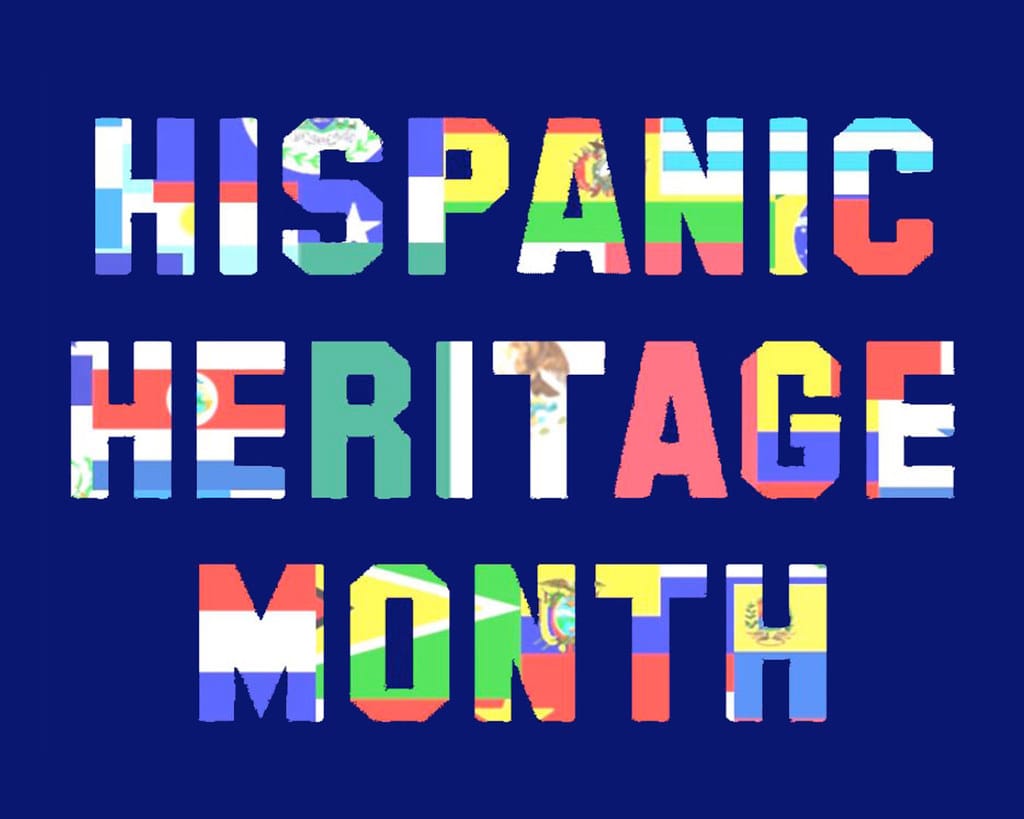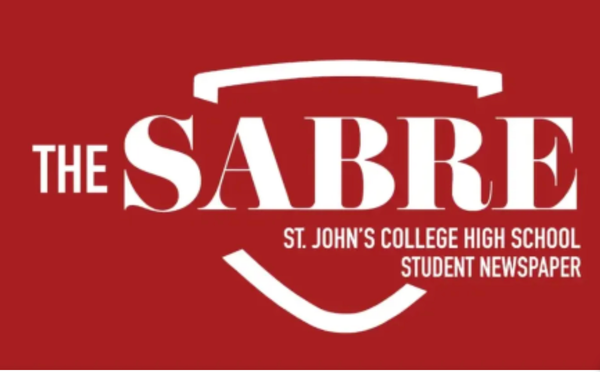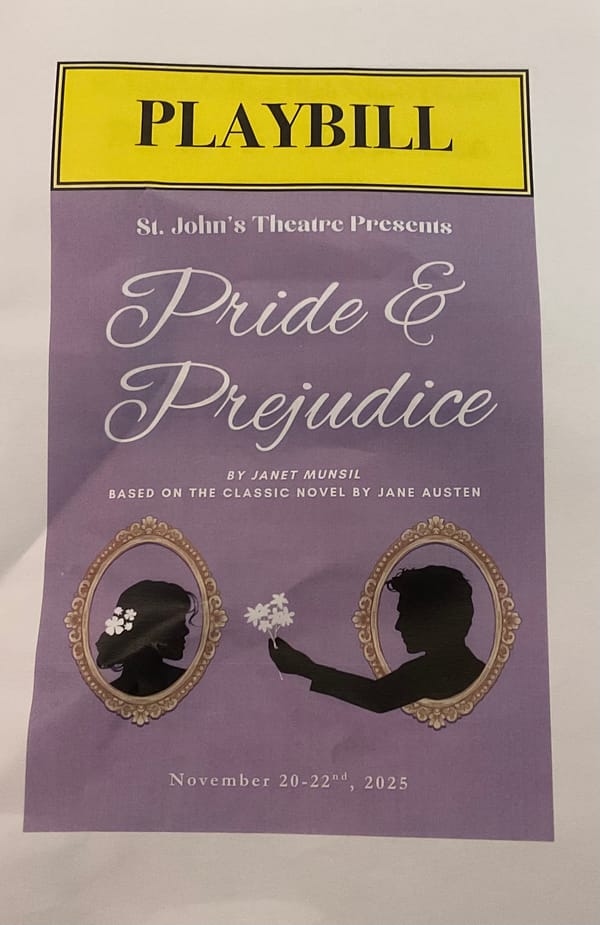Hispanic Heritage Month: A month of hope for a better future

Overview:
Hispanic Heritage month is a month celebrated in the United States to honor the many achievements Hispanics have accomplished throughout our history. Every year, a new theme is chosen for this month that is a representation of the year as a whole and expands on why this celebration is so important. Due to the many challenges people have faced during this pandemic, this year the month is dedicated to hope. Countries around the world suffered in all different ways throughout the pandemic, and not only is this month talking about hope for Hispanic countries, but countries all around the world, specifically the United States where this month is celebrated. On the days of September 15 through October 15, many Spanish speaking countries gained their independence, which is why these dates were specifically chosen. After many years, this month has become well known and monumental to people of all ages, and has developed into a topic that is taught to students during the fall of their school year. To focus specifically on traditions during this month at SJC, some Spanish teachers gave their opinion on what this month means and why it is so important to celebrate with students.
 Student clubs celebrate Hispanic Heritage Month:
Student clubs celebrate Hispanic Heritage Month:
During National Hispanic Heritage Month, Latino Student Union (LSU), Spanish Club, and Latin Dance club are celebrating, informing, and bringing a piece of their culture to the St. John’s community.
Heidy Martinez, Senior representative for LSU, refers to National Hispanic Month when she says, “is it a time for the United States to hear our stories and backgrounds.” Ms. Rosemary Martin, former moderator for LSU, also explains how this month is used to celebrate and learn more about Hispanic social movements that people can participate in. To educate St. John’s during this month, Ms. Martin says LSU plans on uploading a series of different articles and recommendations into all canvas pages for viewers to see how to best educate themselves and celebrate. They also are planning on recommending restaurants, songs, and documentaries to visit, listen to and watch.
The Spanish Club and Latin Dance Club are partnering up to educate and celebrate with the St. John’s community this month. Their first meeting was on October 14, and they plan on having their next meetings every Wednesday.
The Spanish Club offers food and information on Hispanic culture and important figures. Latin Dance Club provides students a unique opportunity to learn new dance styles which they may have never been introduced to.
All of these clubs are open to all of St. John’s community and welcome people to visit and join them to join either the Spanish Club or Latin Dance Club contact Ms. Guerra or stop by room 115 during homeroom or after school. To join the Latino Student Union contact Señora Nahas, Heidy Martinez, or Kenia Cedillos.
Celebrating in the classroom:
Señora Nahas, the department chair of the Spanish department and teacher of Honors Spanish 4 had her Spanish students research influential Hispanic figures that played a role in our world today. Students created presentations to show their Spanish class about their assigned figure and their classmates took notes on what they find most inspirational. Nahas said, “In Spanish classes, teachers actually always try to recognize achievements, but especially during Hispanic Heritage month we do a little more work on input of their contributions.” Born in El Salvador, Nahas did not grow up celebrating this month in her country but rather celebrated “the Independence Day with various parades, cultural foods as well as celebrating the achievement of now being independent from Spain.”
Señora Toquica who teaches both Heritage Spanish 1 and regular Spanish 1 also gave her experience with this month throughout her life. Although Toquica did not grow up celebrating this month, she believes that this month is a wonderful reminder of the many achievements of Hispanic figures and how much of a part they play in our population today. Toquica said, “In my Spanish class, we talk daily about the differences in countries, what it means to be Hispanic and what the challenges and benefits are. I teach specifically my heritage students to be proud of the culture they have been born into and to recognize the many benefits Hispanic citizens have.” In this month in particular Toquica said, “it is a time to remember that the Latino and Spanish population is now not only in the minority but is a major part of the overall US population and we should be recognized as equal not only in this month but all year long.”
Señora Victoria Guerra, a Spanish 2 teacher at St. John’s, taught her students about Hispanic representation in film as well as about influential Hispanic figures and their origins. Through these topics, Guerra hopes to educate her students on the stereotypes that Hispanics are sometimes grouped under. One way that she reflected these ideas onto her students was through class discussions as well as through multiple projects about Hispanic representation in film and how Hispanics have shaped the US. If there is one thing that Guerra wants her students to take away from this month, it is to “learn to appreciate people that have different backgrounds and cultures and [to]… have a…[wider] perspective on Hispanics and how they are represented.”
Although not originally from a Hispanic country, Señor Daniel Pier is teaching his Spanish 3 students about Hispanic Heritage by letting them speak with English-learning students in Mexico. These interactions are usually done through a platform called FlipGrid where, so far, the students have exchanged short two-minute videos of themselves talking about themselves. Pier says that many of his students have also visited cultural locations, such as museums, to learn more about Mexican traditions and practices. Pier hopes that his students will not only “recognize that they can communicate in Spanish” but also that they will be able to “appreciate Mexican culture and understand the perspective of Mexican students, who in many ways, have similar ideas, … concerns, … and interests, but who also…might have some different perspectives.”




